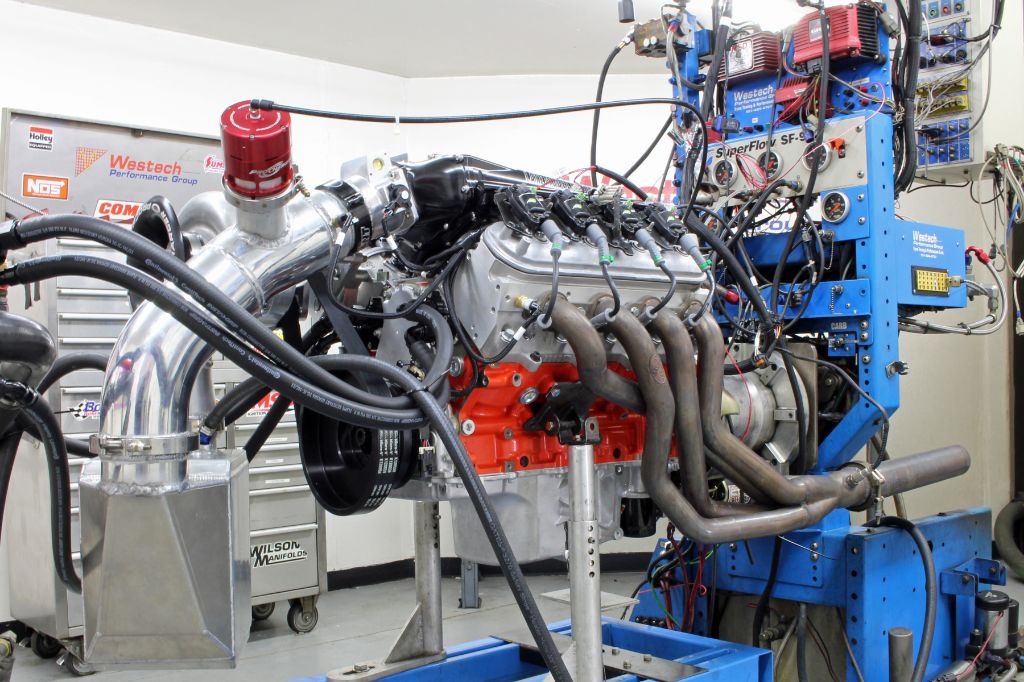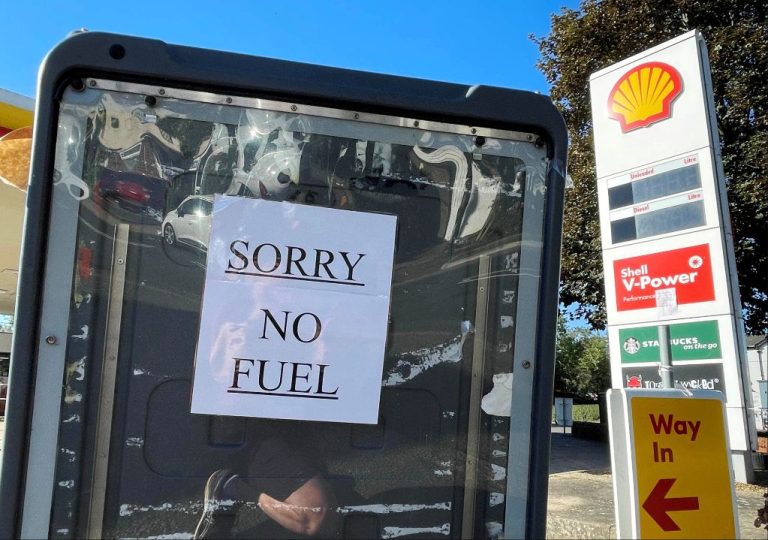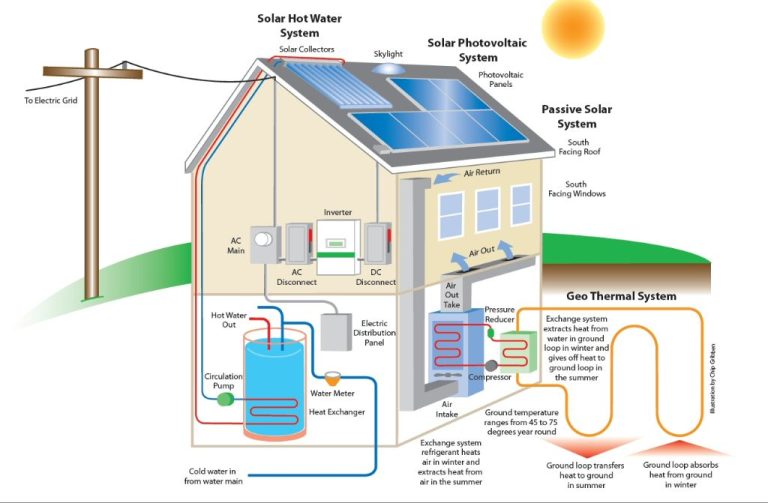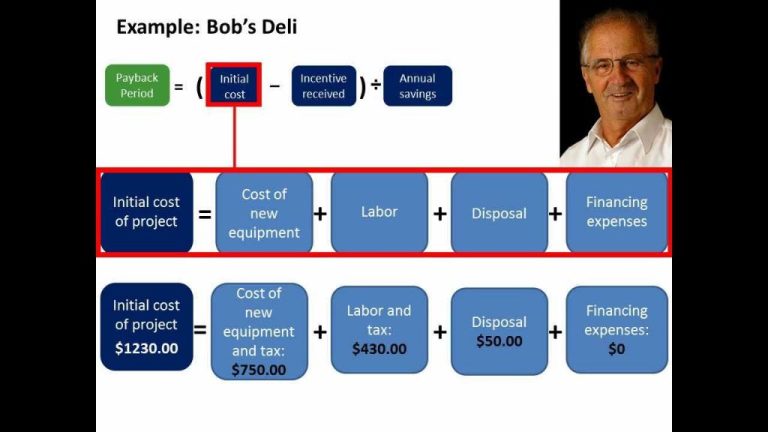What Is Use In Measuring Power?
Power is defined as the rate at which energy is transferred or converted. It is an important physical concept that quantifies the rate at which work is performed or energy is transmitted. Measuring power is crucial in many fields including engineering, physics, industry, and energy management.
There are several different units used to measure power. Some common ways to quantify power include watts, kilowatts, kilowatt-hours, horsepower, foot-pounds, British thermal units, calories, and measuring power in electric circuits. Each unit provides a standard way to describe how quickly energy is being used or work is being done.
This article will provide an overview of the most common units used to measure power and discuss why having standardized units is useful for quantifying energy usage across different systems and applications.
Watts
A watt is a unit of power that measures the rate of energy transfer or energy consumption. Specifically, a watt is defined as one joule of energy per second. Watts measure instantaneous power – the amount of energy being used or generated at a particular moment in time.
Some common use cases for watts include:
- Measuring electricity usage – Appliances and devices list their electrical power consumption in watts. For example, a typical lightbulb uses 60-100 watts.
- Rating solar panels – The output power of photovoltaic solar panels is measured in watts. A home solar panel may be 250-400 watts.
- Sizing generators and batteries – Backup generators, batteries, and power banks are often rated in watts to indicate their capacity and output capability.
- Measuring heat dissipation – Computer processors and other electronics generate waste heat that must be dissipated, measured in watts.
- Audio speaker power – Audio power amplifiers provide extra wattage to allow loudspeakers to play louder.
Kilowatts
A kilowatt (kW) is a unit of power equal to 1,000 watts. Unlike the watt, which measures instantaneous power, the kilowatt measures power used over time. For example, a microwave oven that draws 1,000 watts of power will use 1 kilowatt of power in one hour of operation. Kilowatts are commonly used to measure the power consumption of electrical devices and systems.
Some common uses and examples of kilowatts include:
- Residential electricity usage is often measured in kilowatt-hours. This represents the amount of energy used over time, such as the number of kilowatt-hours consumed by a household each month.
- The power output of engines and motors is rated in kilowatts. For example, a car engine’s power may be expressed as 120 kilowatts.
- Power plants are rated in megawatts (MW) or gigawatts (GW), which are multiples of kilowatts. A 1,000 MW nuclear plant produces 1 billion watts (1 gigawatt) of power.
- The charging rate for electric vehicle charging stations may be expressed in kilowatts. Faster chargers deliver more kilowatts to charge the EV battery quicker.
In summary, the kilowatt is a convenient way to express power that is used over time, especially for electrical devices, motors, power systems and energy consumption.
Kilowatt-hours
A kilowatt-hour (kWh) is a unit of energy that measures the total amount of electricity used over time. Unlike watts or kilowatts which measure instantaneous power, the kilowatt-hour accounts for how long a device is running by multiplying average power usage (in kilowatts) by the number of hours it is used.
For example, a 100-watt light bulb running for 10 hours would use 1,000 watt-hours or 1 kWh of energy (100 watts x 10 hours = 1,000 watt-hours = 1 kWh). Kilowatt-hours are commonly used for billing electricity usage, as utility companies measure how many kWh a home or business uses each month.
Some common use cases for kilowatt-hours include:
- Calculating electricity bills – Utility bills show kWh usage for the billing period.
- Determining appliance energy costs – The wattage and estimated hours of use can be multiplied to find the kWh consumption.
- Comparing energy usage of devices – Kilowatt-hours provide a standard way to compare total energy use.
- Estimating solar panel output – Panels are rated by how many kWh they can generate per day.
- Sizing backup generators – Generators are sized according to critical load in kWh.
In summary, kilowatt-hours are a convenient way to measure total electric energy consumption over time for billing, comparison, and planning purposes.
Horsepower
Horsepower is a unit of measurement for power, defined as the power needed to lift 33,000 pounds by one foot in one minute. It is commonly used to measure the power output of engines and motors.

The term horsepower was coined in the late 18th century by Scottish engineer James Watt. Watt was trying to market his improved steam engine and wanted a way to compare its output to the power of draft horses. Since horses were the primary source of mechanical power at the time, using horses as a benchmark allowed people to easily understand just how powerful steam engines were.
Today, horsepower is still widely used to measure the power of automobile engines, boats, tractors, generators, and other machines powered by motors. Horsepower indicates how much work an engine can perform over time. More horsepower means an engine can do more work by exerting greater force on an object over a given distance or time.
Some common use cases for horsepower include:
- Comparing the power of vehicle engines – Car advertisements often promote horsepower to attract performance-driven buyers.
- Measuring power in industrial machines – Forklifts, conveyor belts, and other equipment require engines with enough horsepower to lift, pull, or move heavy loads.
- Rating boat motors – Outboard motors and inboard engines come in different horsepower sizes to match the size and performance requirements of the boat.
- Sizing generators – Portable and standby generators are rated by horsepower to indicate how many appliances or systems they can handle.
In summary, horsepower is a ubiquitous unit that allows easy comparison of engine and motor output for a wide variety of machines and applications. It measures how effectively an engine can produce rotational force to do useful work.
Foot-pounds
Foot-pounds are a unit of measurement used to measure torque, which is the rotational force or turning power of an object. One foot-pound is defined as the torque created by one pound of force acting on a lever arm that is one foot long.
Foot-pounds measure how much rotational force is generated by an object or motor. The greater the torque, the more rotational power is being produced. Foot-pounds are useful for quantifying things like the torque output of an engine or the amount of torque needed to tighten a bolt or fastener.
Some common use cases for foot-pounds include:
- Specifying the torque rating for power drills, wrenches, and other rotary power tools.
- Measuring the torque output of automobile and truck engines.
- Determining the proper torque specifications for tightening lug nuts on wheels.
- Calculating the energy transferred in rotating mechanical systems.
- Measuring the power of motors used for conveyor systems, mixers, and other industrial equipment.
In summary, foot-pounds provide an important measurement of rotational force for engineering, manufacturing, and automotive applications.
British Thermal Units
British Thermal Units (BTUs) are a unit of measurement for heat energy. Specifically, one BTU is defined as the amount of heat required to raise the temperature of one pound of liquid water by one degree Fahrenheit at sea level.
BTUs are commonly used to measure the heating and cooling capacity of appliances like furnaces, air conditioners, water heaters, and refrigerators. For example, a central air conditioning unit may be rated at 24,000 BTUs, meaning it can remove 24,000 BTUs of heat energy per hour from the air. The higher the BTU rating, the more cooling power the unit provides.
In addition to HVAC systems, BTUs are also used to measure the energy content of fuels. The BTU rating of a fuel indicates how much heat is released when burning a specific quantity. For instance, natural gas produces approximately 1,030 BTUs per standard cubic foot. BTU measurements allow easy comparisons between different fuel types.
When choosing HVAC equipment and comparing fuels, BTU ratings provide a standardized way to evaluate the capacity and energy density. By understanding BTUs, consumers and industry professionals can make informed decisions about heating and cooling needs.
Calories
A calorie is a unit of energy. Specifically, it is the amount of energy needed to raise the temperature of 1 gram of water by 1 degree Celsius. Calories are commonly used to measure the energy content of foods.
When we talk about “calories” in terms of nutrition and food energy, what we really mean is kilocalories (kcal). One food calorie is equal to 1000 calories (or 1 kilocalorie). The energy we get from food comes from its carbohydrates, fats, proteins, and alcohol. The number of calories listed for foods actually reflects the number of kilocalories.
Calories are important because they provide a standard way to compare foods. The number of calories in a food tells us how much potential energy it contains. This energy is needed to fuel all the biological processes that keep us alive and active. By counting calories, people can get a sense of how filling and nutritious a food is. Calorie counts on nutrition labels help consumers make informed choices about what and how much to eat. Calorie counting is also useful for weight management, since weight ultimately depends on the balance between calories consumed and calories expended.
Measuring Power in Circuits
Electrical power in circuits can be measured using voltage, current, and resistance. These three parameters are related through Ohm’s Law, which states that current is equal to voltage divided by resistance (I = V/R). Some key principles for measuring power in circuits include:
Voltage (V) – The potential difference between two points in a circuit, measured in volts.
Current (I) – The flow of electric charge, measured in amperes.
Resistance (R) – Opposition to current flow, measured in ohms.
Ohm’s Law allows us to calculate any one quantity when the other two are known. For example, if voltage is 10V and resistance is 50 ohms, then current is 0.2A (10V/50ohms = 0.2A).
Power (P) is the rate at which energy is transferred or work is done. It is measured in watts. There are two key power formulas:
P = IV (Power equals current multiplied by voltage)
P = I^2R (Power equals current squared multiplied by resistance)
Using Ohm’s Law and these power formulas, we can calculate power based on known values of voltage, current and resistance in a circuit.
Conclusion
In summary, there are several key measures used for quantifying power, depending on the context and application. Watts, kilowatts, kilowatt-hours, horsepower, foot-pounds, British thermal units, and calories are some of the most common units. Each has its purpose – watts for instantaneous power, kilowatt-hours for energy consumption over time, horsepower for engines and motors, and so on.
When measuring power, it’s important to use the appropriate unit for the situation in order to get meaningful and useful data. Watts make sense for electrical devices, horsepower is appropriate for motor output, kilowatt-hours show energy usage, and so on. Using the wrong power unit could lead to confusion or inaccurate results. Understanding the distinctions between measures of power, energy, and work allows for the proper selection and application of units. With so many options available, it’s essential to match the power measure to the specific context at hand.







